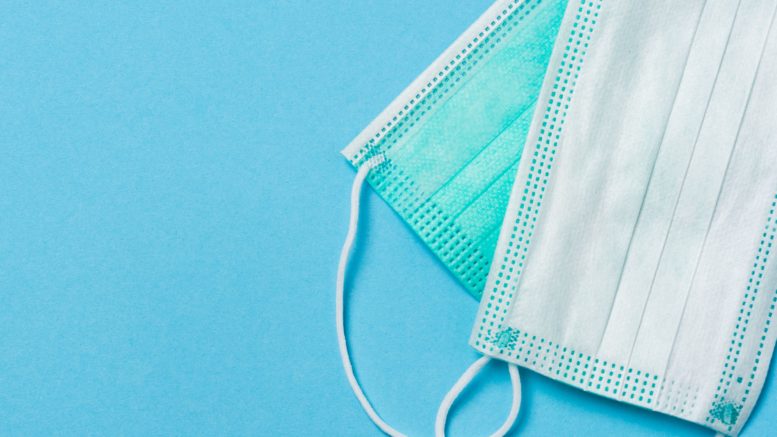Face masks have been associated with effective prevention of diffusion of viruses via droplets. However, the use of face masks among children, especially those aged younger than 3 years, is debated, and the Centers for Disease Control and American Academy of Physicians recommend the use of face mask only among individuals aged 3 years or older.
Lubrano, et al. (2021) sought to examine whether the use of surgical facial masks among children is associated with episodes of oxygen desaturation or respiratory distress. This cohort study was conducted from May through June 2020 in a secondary-level hospital pediatric unit in Italy. Included participants were 47 healthy children divided by age (group A, aged ≤24 months, and group B, aged >24 months to ≤144 months). Data were analyzed from May through June 2020.
All participants were monitored every 15 minutes for changes in respiratory parameters for the first 30 minutes while not wearing a surgical face mask and for the next 30 minutes while wearing a face mask. Children aged 24 months and older then participated in a walking test for 12 minutes. Changes in respiratory parameters during the use of surgical masks were evaluated.
Among 47 children, 22 children (46.8%) were aged 24 months or younger (ie, group A), with 11 boys (50.0%) and median (interquartile range [IQR]) age 12.5 (10.0-17.5) months, and 25 children (53.2%) were aged older than 24 months to 144 months or younger, with 13 boys (52.0%) and median (IQR) age 100.0 (72.0-120.0) months. During the first 60 minutes of evaluation in the 2 groups, there was no significant change in group A in median (IQR) partial pressure of end-tidal carbon dioxide (Petco2; 33.0 [32.0-34.0] mm Hg; P for Kruskal Wallis = .59), oxygen saturation (Sao2; 98.0% [97.0%-99.0%]; P for Kruskal Wallis = .61), pulse rate (PR; 130.0 [115.0-140.0] pulsations/min; P for Kruskal Wallis = .99), or respiratory rate (RR; 30.0 [28.0-33.0] breaths/min; P for Kruskal Wallis = .69) or for group B in median (IQR) Petco2 (36.0 [34.0-38.0] mm Hg; P for Kruskal Wallis = .97), Sao2 (98.0% [97.0%-98.0%]; P for Kruskal Wallis = .52), PR (96.0 [84.0-104.5] pulsations/min; P for Kruskal Wallis test = .48), or RR (22.0 [20.0-25.0] breaths/min; P for Kruskal Wallis = .55). After the group B walking test, compared with before the walking test, there was a significant increase in median (IQR) PR (96.0 [84.0-104.5] pulsations/min vs 105.0 [100.0-115.0] pulsations/min; P < .02) and RR (22.0 [20.0-25.0] breaths/min vs 26.0 [24.0-29.0] breaths/min; P < .05).
This cohort study among infants and young children in Italy found that the use of facial masks was not associated with significant changes in Sao2 or Petco2, including among children aged 24 months and younger.
Reference: Lubrano R, et al. Assessment of Respiratory Function in Infants and Young Children Wearing Face Masks During the COVID-19 Pandemic. JAMA Netw Open. 2021;4(3):e210414. doi:10.1001/jamanetworkopen.2021.0414

Be the first to comment on "Assessment of Respiratory Function in Infants and Young Children Wearing Face Masks During the Pandemic"